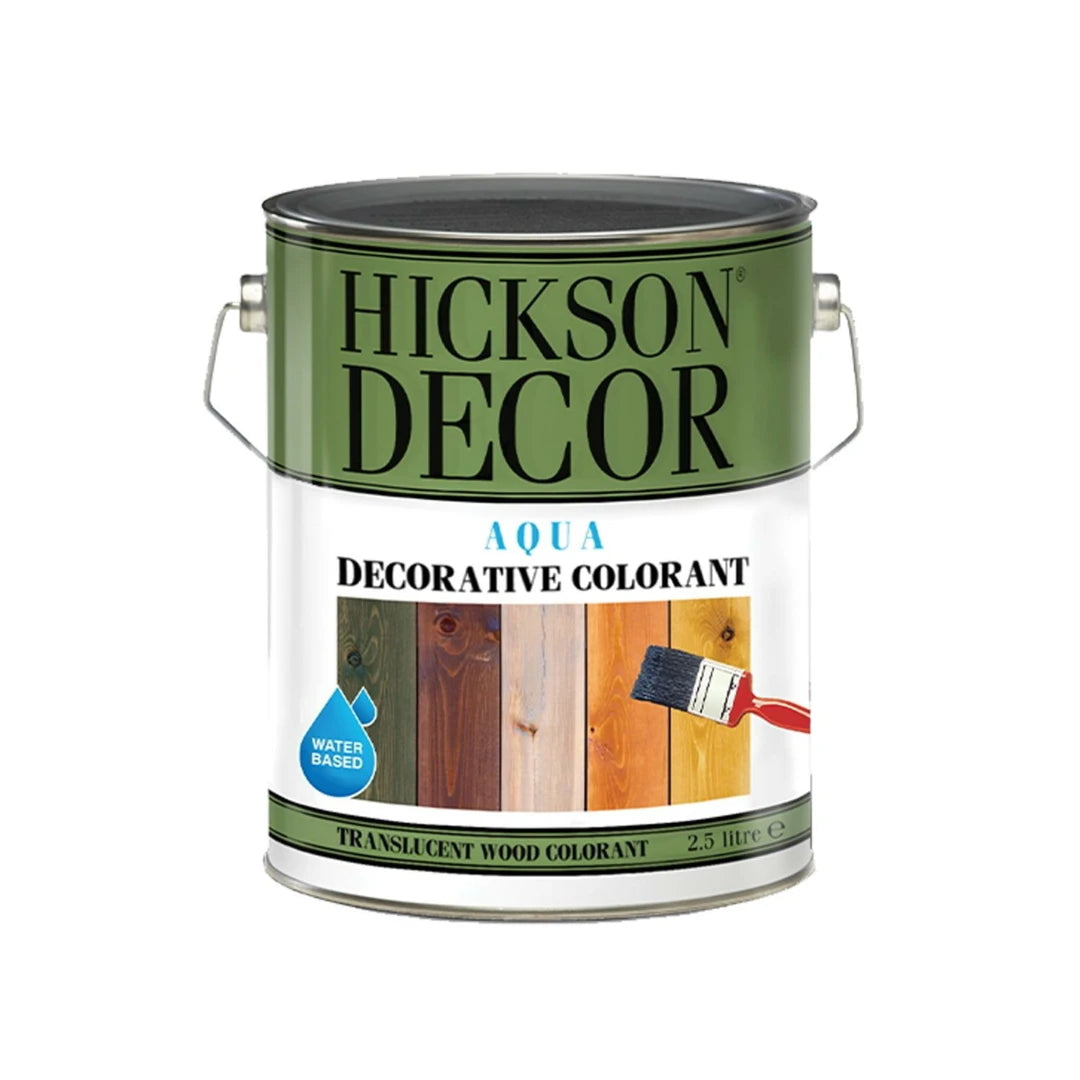
What is Caustic Soda?
What is caustic soda?
Caustic Soda or sodium hydroxide is its chemical formula NaOH. It is known as Caustic Soda in English. The word Caustic means burning and corrosive. It reacts with the skin in direct contact with the skin. It is a white, hygroscopic substance. It is a basic compound used in chemistry and many industries. Caustic, which has no odor, dissolves easily in water and turns into a soft and slippery solution that gives the feeling of soap. It is found in liquid or solid form, the solid form is in the form of flakes and beads; the liquid form is in the form of an aqueous and slippery solution. Although it is not known how, the caustic substance was discovered by Humphrey Day in 1807. Caustic, which has an itchy effect when touched with bare hands, does not occur naturally but is very easy to produce.
| Molar mass | 39.997 g/mol |
|---|---|
| formula | NaOH |
| Density | 2.13 g/cm³ |
| PH | 13 |
| IUPAC ID (IUPAC ID) | Sodium oxidanide, Sodium hydroxide |
| Soluble in | Water, Ethanol, Methanol |
Where is Caustic Used?
It is one of the raw materials of the soap we know. Glycerin and soap emerge from the reaction of caustic and oil. Also, drain openers are actually nothing but caustic as we know it. Caustic, which is used to capture acidic gases in laboratories, is used in the production of many chemicals in the industry and in oil refineries. When it comes into contact with water, it increases the temperature to 50 degrees within 5 minutes and maintains this temperature for approximately 15 minutes. If you wish, let's examine in detail the places where caustic is used...
● Sink
In sewage and treatment plants; it is used to clean pipes, eliminate bad odors and control acid. Opening drains with caustic is frequently tried in our country and is a dangerous job. Caustic is an acid-based material and is also a very good disinfectant. When combined with water, heat is released and it is caustic. When using caustic, which can cause serious damage to the skin, eyes and respiratory tract, glasses and gloves should definitely be worn and its smell should never be inhaled. Some sources have written that it can be used for various purposes at home, but caustic is classified as dangerous and chemical substances and it is especially recommended to keep it away from the home environment. It is very prone to react with water. Flames and heat can occur when it reacts with water.
● In textiles
In addition to being used to remove residue and whiten the final product, it is also used in the production of artificial silk.
● Paper
In its sector, it is used as an adhesive, in thermal printing presses and in newsprint. It is one of the indispensable elements in the production of paper and pulp.
● Chemical
In the production of substances; it is used in the production of sodium aluminate, sodium cyanide, silicate, polycarbonate, titanium oxide and zeolite.
● Detergent
In its industry, sodium hypochlorite is used in the production of soap, oven and pipe cleaners.
● In the food industry
It is used to increase cooking oil, chemically peel fruit and vegetable skins, to soften and darken olives in olive processing, in chocolate and cocoa processing, in caramel and soft drink production and in ice cream thickening processes. It is also used in the beverage and dairy sector in oil cleaning, water increasing and equipment cleaning processes.
● In the pharmaceutical industry
It is used in the production of aspirin and antiseptics.
● In Mining
It is used to clean filters and acid units in mines. It is also used in oil exploration and natural gas processing; to clean acid residues in refinery products, to extract phenols, and to balance the pH in drilling mud. Cautions When Using Caustic
1) When caustic soda is combined with boiling water, it reacts and dissolves. Caustic soda will release a poisonous vapor as it dissolves and splashes around. Caustic solution is extremely harmful and caustic. Therefore, people who want to use caustic soda should wear gloves, glasses and a mask.
2) The steam produced when caustic soda is mixed with water should not be inhaled through the nose.
3) When using caustic, no open areas should be left on the skin.
4) If caustic liquid comes into contact with the skin, burns and irritation will occur. In case of skin contact with caustic liquid, all clothing should be removed and the area touched by caustic soda should be kept under running water for 15 minutes. In addition, all clothing should be washed in boiling water.
5) Permanent eye damage may occur if caustic liquid comes into contact with the eyes. Therefore, glasses must be worn when using caustic soda. In case of contact with the eyes, the eyelids should be kept open and washed with cold water for at least 15 minutes.
6) Small operations such as sink and toilet drains can be done by the person using caustic. However, professional companies should definitely be consulted for cleaning large drains such as pipe installations. Professional plumbing companies will completely unclog drains using special caustic and professional devices without causing any damage.
7) If caustic soda is used excessively, it will melt the drain pipes and the seals in the joints. Therefore, if caustic soda is used more than once, a plumbing company should be consulted.
Note: Use in a home environment carries health and safety risks.















